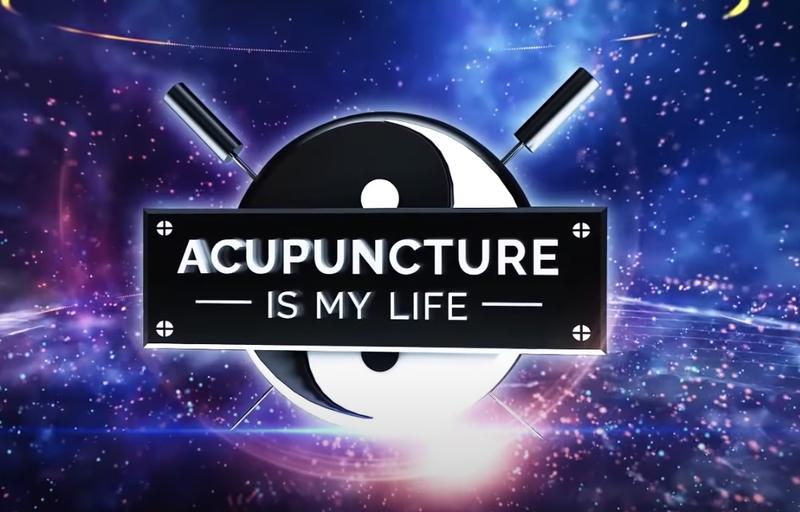Bipolar Disorder in Acupuncture
Bipolar Disorder in Acupuncture

Hi everyone! I’m Dr. Lott, your host and educator from Acupuncture is my Life. Now today I’d like to talk about an interesting case which presented at my office today. A patient presented themselves as diagnosed with Manic Depressive Psychosis.
Now for those of you who do not know what that is manic depressive psychosis is a bipolar affective disorder characterized by severe alterations in mood that are usually episodic and recurrent. This mood fluctuates between depression and mania. Now in acupuncture and chinese medicine depressive psychosis is caused by Qi stagnation complicated by phlegm misting the heart’s orifice; it is characterized by depression, apathy, incoherent speech, dementia, and subdued and non-violent behavior. In chinese medicine this disorder is called “dian kuang.”
Now there are 5 etiology and pathogenesis categories to this disorder. One can be due to the lack of equilibrium between the yin and yang, another can be due to emotional factors. Thirdly, another can be due to turbid phlegm misting the heart’s orifice. A fourth can be due to Qi stagnation and blood stasis, and lastly you have a miscellaneous (sort of grey area) that can be seen as miscellaneous and due to influences from other contributing factors, including heredity and a persons constitution should not be underestimated.
When it comes to diagnosis there is identification of depressive and manic psychosis: Now we come back to “ Dian Kuang.” Dian presents with yin predominating depressive psychosis which presents clinically with depression, apathy, incoherent speech, dementia, quiet and non-violent behavior. Kuang on the other hand, presents with yang predominating manic psychosis which manifests with mental and behavioral hyperactivity; shouting, hostility and agitation, and violent behavior might also be present.
In Acupuncture and Chinese medicine, the basic patterns are:
Depressive psychosis (which is called “Dian” in Chinese medicine) and Dian has two representative patterns. The first can be stagnant Qi combining with phlegm, and the other can be heart and spleen deficiency. The other basic pattern is called manic psychosis (which is called “Kuang” in chinese medicine) and the representative pattern of Kuang is phlegm fire disturbing the heart or excessive fire injuring the yin. The basic treatment principle for manic psychosis is to sedate the heart, resolve phlegm, clear liver fire or nourish the yin and calm the spirit. The basic treatment principle for depressive psychosis is to soothe liver qi, resolve phlegm, open the sensory orifices or nourish the heart and calm the spirit.
Now the case in which I was presented with today was Dian which is considered depressive psychosis. The basic pattern in which I had to create a treatment protocol for was stagnated Qi combining with phlegm. The symptoms presented as depression, apathetic expression, incoherent speech, subdued and non-violent behavior, suspicion, anxiety and mood swings. The patient stated that he would talk to himself a lot and had pretty much no appetite. When it comes to tongue and pulse diagnosis, his tongue presented as pale with a white and greasy coating, and his pulse was wiry and slippery. As a result of my overall diagnosis, I knew I had to regulate the Qi, release the constraint, resolve phlegm and open the orifices. So I administered a point prescription of Xinshu, Ganshu, Pishu, Shenmen, Fenglong and Daling. I found that these points calmed the patient a great deal and when he left my office he appeared to be in a really good mood with much interest in his follow up treatment!
There you have it everyone, my interesting case for the week. Until then acupuncture is my life, what’s yours?
Be the first to post a message!